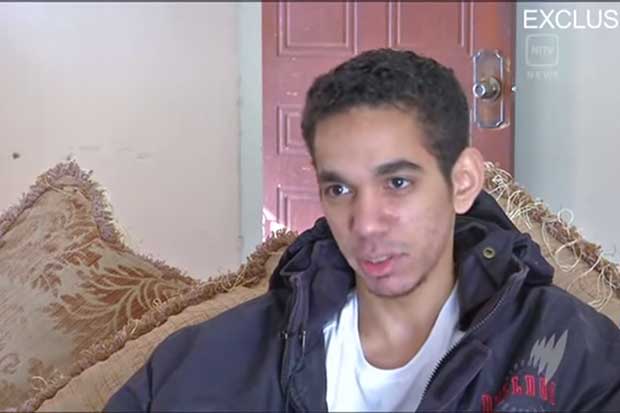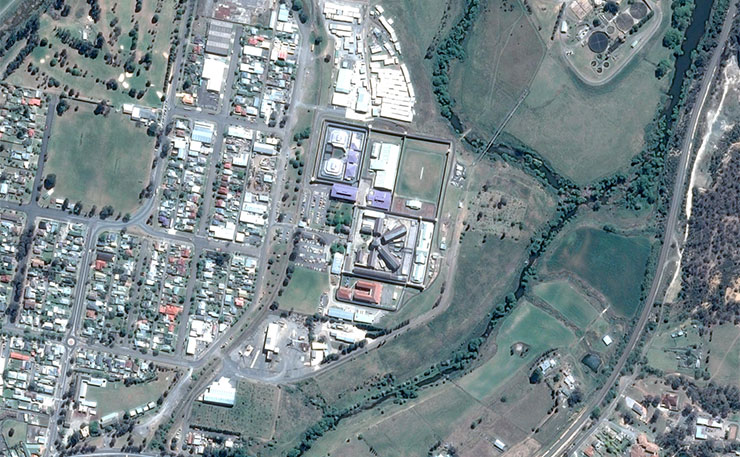Behind Goulburn Supermax’s bars are some of Australia’s most dangerous criminals. Notorious mass murders and serial rapists serve multiple life sentences. It is well understood that criminals of this kind, for the horror they have inflicted, are to be purged from everyday society, for the safety of its citizens.
Last month, however, Muhammad Junaid Thorne was sentenced to a minimum of three months in Supermax. His crime? Junaid flew interstate using a false name.
In the media, Thorne’s act was depicted as a nationwide security threat, which, by conclusion, entailed a description of him as one of Australia’s most dangerous criminals.
It is true that Junaid, as an illiberal Islamic preacher stokes a significant dislike and is the site of much anxiety. His fake (somewhat humorous) name ‘Prince Bhoppal’, which he used to travel from Perth to Sydney, apparently proved his caricature as a terroristic threat.
It is not a new point to say that when it comes to terrorism there is more panic than analysis, but is Islam the cause of this panic?
From a different (longer) less visible perspective, once again we have a person of colour who has been sculpted to signify the existential threat to white Australia. My point is that a history of racism as much as the threat of terrorism, in shaping the social imaginary around Muslims, plays a role in Junaid’s sentencing.
Whoever Junaid is as a person is one thing, but what he represents as the haunting figure of the Muslim threat is another picture. Too often, white society blurs reality and the myth in articulating its fears. The latter is as much about a perception, magnified by the power plays of domestic politics. Fear is unsettled, fluid; it represents deeply held historical anxieties.
The constant caricature of the ‘terrorist’ figure traps Muslims within an inescapable cycle of guilt. The autonomy of the Muslim is restricted by the great forces of power which shape, mould and create the terrorist icon.
Therefore, Muslims and Indigenous people alike are objectified to represent more than just breaches of the law. It is as Historian David Levering says: ‘Whites commit crime but blacks are criminals’.

In Thorne we have a coloured face that embodies two of white Australia’s lingering anxieties: Aboriginal and Muslim.
Fear drives these debates. Racism has ensured the process of exclusion from the hierarchy of society and has justified untold violence’s upon minority groups.
Muslims are suspected as the internal threat, an impediment to the progress of our enlightened civilisation. Images of Muslim barbarity intensify an already volatile racial climate, but it also reaffirms age old anxieties which surround the dark body.
In amongst all these catalysts, arbitrary sentences become legitimate tools of protection. In a time where society’s fears have become engineered, the rule of law is comfortably subverted on the premises that our security is constantly at risk.
Given that our fears are constructed, one must ask whether our rights are being protected or manipulated?
The present government has used anti-terror legislations, mass morning raids and law enforcement harassment to exacerbate a sense of hysteria. In the midst of this frenzy, Thorne accentuates this aura of alarm.
Flying under a false identity is unquestionably a crime. Nonetheless, the crime pales in comparison to the Court’s judgment. This case is by no means exceptional, but is emblematic of the historical subjection of minority groups, particularly Indigenous peoples, in the face of the criminal justice system.
Thorne is a mere thread sewed through the fabric that is the colonial past of Australia.
In the current Islamophobic environment ‘The Muslim’ is fashioned to be the modern day scarecrow. Dressed, stuffed and stuck on a stake in the open field.
Like the scarecrow, the Muslim is placed in public view for open scrutiny. Like the Scarecrow, the Muslim need not act nor speak, but its mere presence is sufficient to generate an atmosphere of fear.
Every stuffed straw is a piece that reflects the white paranoia. The scarecrow exists for no other reason but to create alarm and, as a result, give the crows the privilege to slowly pick apart its identity.
Donate To New Matilda
New Matilda is a small, independent media outlet. We survive through reader contributions, and never losing a lawsuit. If you got something from this article, giving something back helps us to continue speaking truth to power. Every little bit counts.




